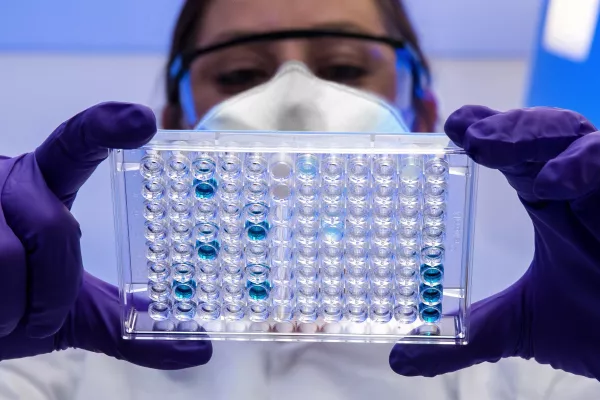By the end of 2023, Russia will develop a set of methods for detecting genetically modified strains of bacteria in feed additives and veterinary preparations. The development is carried out by scientists of the All-Russian State Center for the Quality and Standardization of Medicines for Animals and Feed (FGBU "VGNKI" of Rosselkhoznadzor).
Genetically modified bacteria (GM bacteria) are microorganisms whose genotype has been artificially altered by genetic engineering. Today, GM bacteria are actively used in the production of feed and medicines for animals, experts explain. “At the same time, the presence of GM microorganisms is not allowed in the composition of the finished product of microbiological synthesis. However, in recent years, the number of cases of detection of GM bacteria in feed additives has increased in the EU countries,” the VGNKI press service reports.
To identify the modification of bacteria, as a rule, the whole genome sequencing method is used, that is, the study of the entire DNA sequence. This is a laborious and expensive method, which does not allow using it for monitoring studies.
Simpler and cheaper methods include molecular genetic methods based on the polymerase chain reaction (PCR), which make it possible to detect GM bacteria even at low concentrations. So far, in Russia there are no methods for detecting and identifying genetically modified strains of bacteria that are most significant for veterinary medicine and agriculture.
The methods that are being developed today at VGNKI will be universal and will allow the detection of GM microorganisms of various types in any feed additives and veterinary drugs, the institution explained.
In the future, the developments of VGNKI scientists are going to be used in studies to confirm the compliance of feed and veterinary preparations with safety requirements for animals and the environment.
© Inline LLC 2015-2026. Privacy Policy | Terms of Service